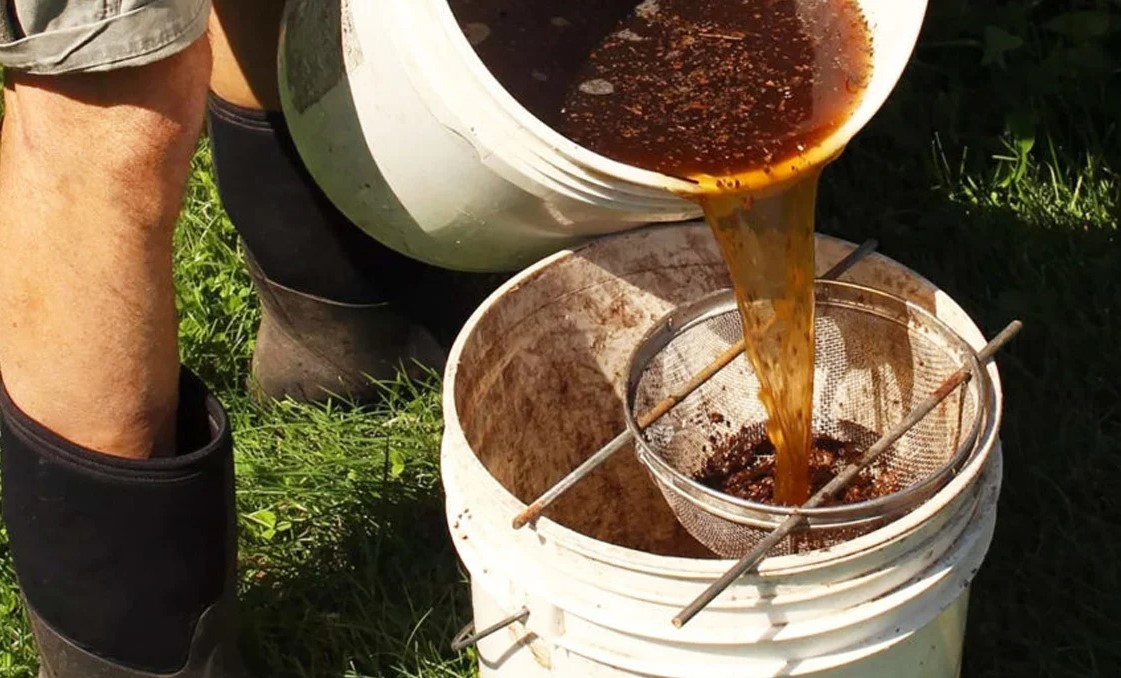The nutritional needs of cannabis plants
For healthy growth and the maturation of the buds, the weed plant needs light, air and water as well as certain nutrients that are supplied to it in the form of fertilizers. Your success will depend heavily on whether or not you properly fertilize weed plants. The nutritional requirements of cannabis plants are covered by a total of 13 different mineral elements, which are divided into macro and micronutrients.
This is about what is the relationship between the nutrients and which nutrients does the weed plant need in which development phase?
When and how often do you have to fertilize your plants?
What is the difference between organic and mineral fertilizers?
And what use are blooming stimulators (boosters) and other additional means to meet the nutritional needs of cannabis plants?
Properly Fertilize Weed plants: growth and flowering fertilizers
NPK ratio
The nutrient ratio between the macronutrients nitrogen (N), phosphorus (P) and potassium (K), the so-called NPK ratio, is always stated on the products of the various fertilizer manufacturers. Higher values of a nutrient mean it has a higher concentration. The numbers, e.g. 3-2-4 or 2-2-5, provide information about the percentage of the respective nutrient in the fertilizer, i.e. (3N-2P-4K) or (2N-2P-5K) as examples.
Nutritional requirements of weed plants can vary greatly in the various development phases. The requirements also vary from variety to variety. The growing medium also plays a decisive role. It is not surprising why there are so many different fertilizer products that meet the nutritional needs of cannabis plants.

Fertilizing in the various phases of development
In the seedling phase, the seedling does not need fertilizer as it gets all of the nutrients from the seed. Here it is important to keep the environment warm and humid so that water can be absorbed through the leaves. Only when 3-4 leaves have developed and the seedling has entered the growth phase can some very light fertilization begin.
Attention: Since most high-quality soil substrates for weed cultivation are pre-fertilized, you should avoid additional fertilizer for the first 3-4 weeks and pour pure water. You can add microorganisms or enzymes to the water and this supports root growth, which in turn promotes the absorption of minerals and nutrients.
Properly Fertilize Weed plants during the Growth Phase
In the growth phase, the plant needs more nitrogen, so the N value should be higher than that of phosphorus and potassium until the flowering phase. For the plant to develop lush, green leaves and lots of sticky buds, the nitrogen supply can be briefly increased in the middle of the growth phase. In the last week before the start of the flowering phase, the nitrogen value is lowered and a flowering fertilizer can be added.
Properly Fertilize Weed plants during the Flowering Phase
In the flowering phase, the nutritional requirements of weed plants change, the plant now needs more phosphorus and potassium, as these nutrients promote flowering. Note that the plant’s growth is not yet complete with the transition to the flowering phase and will continue until the 3rd week.
The plant definitely still needs nitrogen. From the 2nd week of the flowering phase onwards, you can easily increase the amount of fertilizer with an adjusted NPK value. This means that the phosphorus and potassium levels are increased. At the end of the flowering phase, the nitrogen content is slowly reduced to 0 and fertilization is generally stopped.
Depending on whether you used mineral or organic fertilizers, you should rinse the substrate of your plants with clean water one to two weeks before harvest to avoid residues in the flowers. Even if there are opposing opinions on this, I have only had positive experiences with this method.
When and how often do you have to fertilize your plants?
The best time of day to meet the nutritional needs of weed plants is shortly after the start of the day so that the plant has all the necessary nutrients available during the day. This is where the nutritional requirements of hemp plants are greatest.
Basically, it is enough if you provide your plants with a fertilizer once a week. You should keep an eye on them very carefully in order to be able to counteract any symptoms of over-or under-fertilization at an early stage.
The manufacturer has suitable dosage schemes for all common fertilizers, according to which you should fertilize. It also depends a lot on the strain and what growing medium you are using. In principle, you should use less fertilizer initially and make the nutrient requirement dependent on the development phases.

Difference between mineral and organic fertilizers
Mineral fertilizers are obtained through physical or industrial chemical processes. The chemical structure of the nutrients obtained from this is known as inorganic salts. These salts dissolve in water and can be absorbed more quickly by the roots. It is easy to use and makes fertilization based on requirements possible. Since the components are chelated, they are available to the plants for immediate use.
Biological or organic fertilizers are made exclusively from animal and/or vegetable raw materials. Nutrients are obtained from compost, worm humus, various types of flour (e.g. bone or blood meal) and stone dust (e.g. dolomite, volcanic rock), as well as guano and other animal manure, seaweed and seaweed.
The nutrients are in organically bound form and are made available to the plants via the biological process of decomposition, known as mineralization. Microorganisms in particular support the release of nutrients, which happens slowly but continuously.
Root and bloom stimulators, boosters, what’s the point?
Here too, opinions differ. There are growers who mix their own soil or use an all-in-one fertilizer and then only pour water without having to check the pH or EC value. And others who prefer to mix different fertilizer components together, measure values and come to the same result, possibly harvest a higher yield, but have a loss in taste. It is also worth experimenting here and trying both out.
In general, herbal products of natural origin for promoting growth have positive effects on the plant. On the other hand, synthetically produced plant regulators represent a health risk for humans and the environment and should be avoided. It is important that you do not overdo it. Weed is an annual, fast-growing plant, so the nutritional requirements of weed plants are correspondingly high, but they can also get by with less.
Adding mycorrhizal fungi or microorganisms
There is nothing wrong with adding beneficial fungi, such as mycorrhizal fungi or microorganisms, to the growing medium. They promote root growth and contribute to optimal soil life. When there are many microorganisms in the growing medium, the enzyme activity is also increased. Enzymes are proteins that break down larger molecules into smaller ones. This is so that the nutrients can be more easily absorbed by the plant. Mycorrhizae or microorganisms can be added to the irrigation water once a month.
Bloom Booster
A classic among the flowering stimulators is Canna PK 13/14 (phosphorus/potassium). Here you shouldn’t overdo it and only add the additive for a short period of a maximum of 7 days. The EC value should also not be excessively increased by adding PK 13/14.
The timing is also very important and depends on the development of the plant. From the fourth to fifth week the point is usually reached where an encore can make sense. Under no circumstances should you overdose here, as otherwise the bloom formation will be inhibited and mould may develop.
Final Thoughts
Finally, I would like to introduce you to a remedy of my choice. It is more of a plant tonic and should be taken at every stage. It is silicon. Silicon is the main component of plant tissue and can act as a kind of immune system for plants, even if they do not have one.
The advantage is that silicon strengthens cell walls and thereby helps the plant to fight off pests and diseases. The plant is more resistant to environmental stress such as heat, cold or drought. In addition, silicon improves metabolic functions. It increases the absorption of nutrients and reduces the toxic effects of heavy metals in the soil. This remedy should really not be missing in any cultivation!


[…] the grower mean things too well with his plants when it comes to fertilizer, the perlite buffer function comes into play here. Excess salts and nutrients settle on the […]
[…] that will allow the plant to grow properly and get an ideal irrigation mixture. You can measure the concentration of fertilizer in the water using an EC meter and thus check whether the irrigation solution contains good amounts […]